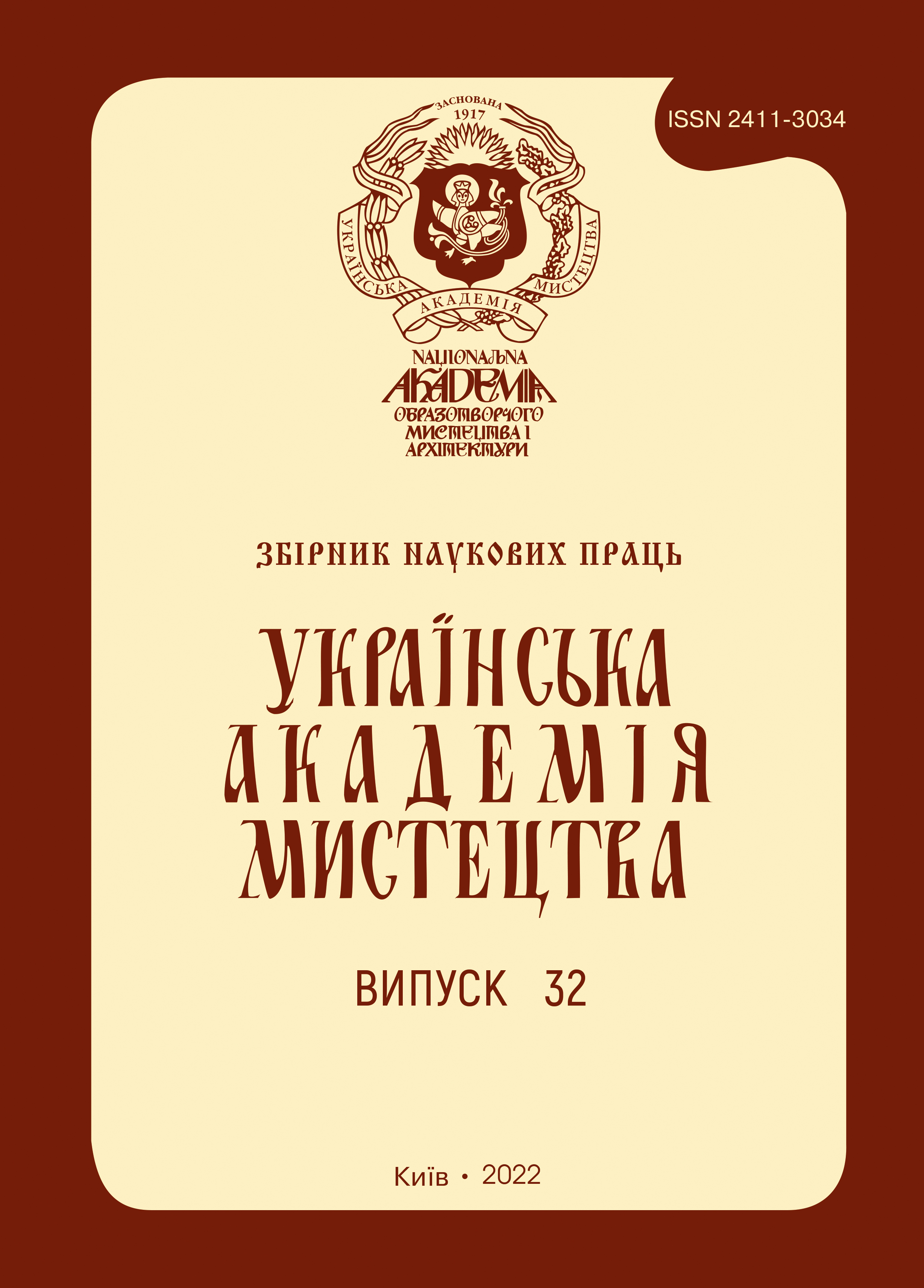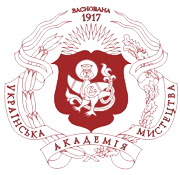BACKGROUND AND EVOLUTION OF THE HERITAGE CONCEPT IN THE CONTEXT OF THE HISTORICAL ENVIRONMENT OF THE CITY
DOI:
https://doi.org/10.32782/2411-3034-2022-32-2Keywords:
cultural heritage, historical urban environment, architectural landmark.Abstract
Abstract. The article deals with the problem of understanding the essence of the historical environment of the city. The purpose of the study is to reveal the nature of the heritage concept in the context of a historical city and consider the fundamental concepts of the formation of the urban environment. As part of the work, a historical digression to the prerequisites for the formation of the heritage concept was carried out, and approaches to preserving the historical environment of cities were analyzed. In general, urban conservation is a modern idea, although the sense of community and identity is as old as urban civilization and certainly belongs to all cultural contexts. In order to better understand the essence of the concept’s interpretation, it is worth analyzing the historical circumstances of its evolutio n. The presentation of the main material is divided into 4 stages: 1) Prerequisites for the formation of the heritage concept; 2) Historical city as a heritage; 3) Movement against the historical city; 4) New approaches to urban preservation. Today, the need to ensure the “sustainability” of development has reopened not only reflections on the historical city as a “model” but also the connection of the cit y with its territorial and ecological context. In conclusion, it is summarized that over the past decades, the attention of the architectural profession has been focused both on urbanism and the “objects” of design. The contrast between the preservation of the existing city and the new design is becoming sharper and more controversial among professionals and institutions. This indicates the importance of reconstructing a unified discourse on the built environment that can take into account the needs for urban conservation and urban development. The relevant situation has been and remains a central issue in contemporary debates about architecture and urban planning.
References
Бевз М. В. Методологічні основи збереження та регенерації заповідних архітектурних комплексів історичних міст України (на прикладі Західної України) : автореф. дис. … д-ра архітектури : 18.00.01 «Теорія архітектури, реставрація пам’яток архітектури» ; ХДТУБА. Харків, 2004. 32 с.
Ле Корбюзьє. Архітектура ХХ века / пер. с франц. В.М. Зайцева, В.В. Фрязинова. Москва : Прогресс, 1977. 304 с.
Прибєга Л. В. Історичне середовище міста: сутність і засади охорони. Українська академія мистецтва. 2021. Вип. 30. С. 14–20.
Donatella Calabi. Handbooks of Civic Art from Sitte to Hegemann. С.Bohl, Jean-François Lejeune. Sitte, Hegemann, and the Metropolis: Modern Civic Art and International Exchanges. 270 Madison Ave, New York, NY : Routledge, 2009. Р. 161–174.
Choay, Françoise. L'orizzonte del posturbano. Officina tre. Т. 26. Ernesto D'Alfonso. Officina. 1992. 132 р.
Guccione Margherita, Alessandra Vittorini. Giancarlo De Carlo. Le ragioni dell'architettura. Electa Mondadori, 2005. 255 p.
Harvard University, Graduate School of Design. Regeneration: Design as Dialogue, Building as Transformation. Special issue, Harvard Design Magazine 2005/2006 (23). Р. 3.
Riegl, Alois. Der moderne Denkmalkultus: sein Wesen und seine Entstehung. Wien u.a.: Braumüller, 1903.
Sitte, Camillo. City Planning According to Artistic Principles. Translated from the German by George R. Collins, Christiane Crasemann Collins. New York: Random House, 1965. 205 p.
Tyler, Norman, Ted Ligibel, and Ilene R. Tyler. Historic Preservation: An Introduction to Its History, Principles, and Practice. 2nd ed. New York: Norton, 2009.
Whitehand, Jeremy W.R. Morphology and Historic Urban Landcapes. Van Oers (ed.), 2010. Р. 35–44.
Zucconi, Guido. La Citta Contesa: Dagli Ingegneri Sanitari Agli Urbanisti (1885-1942). 3 Edizionе. Jaca Book, 1999. 216 р.




